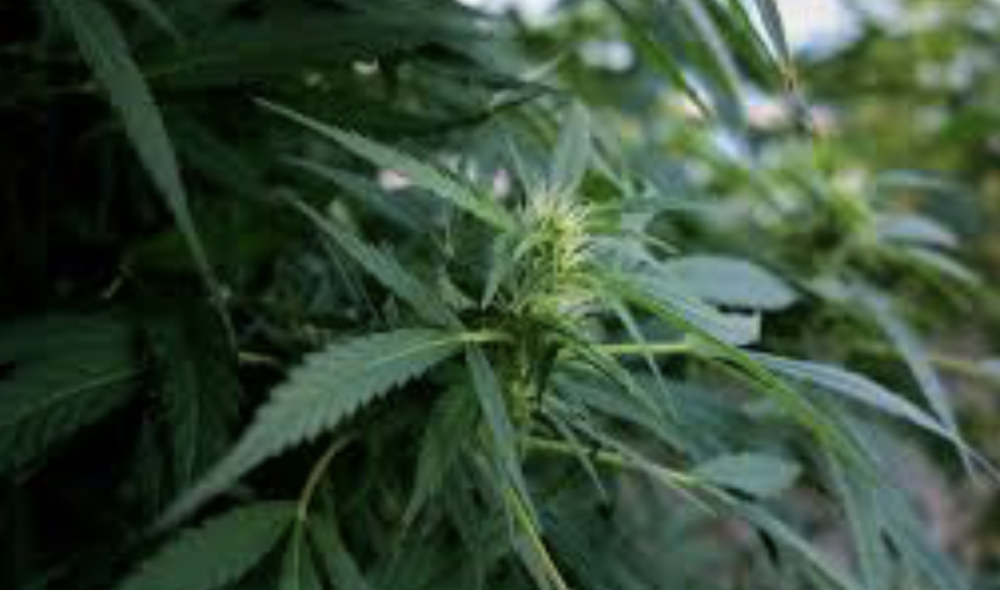
Hello everyone,
Here is a cannabis documentary that we highly recommend to all our readers in 2018!
Cannabis history explained: (introduction)
The geographical origin of cannabis is not certain: the Central Asian plains in the Lake Baikal area for some, the middle region of the Yellow River in China for others, or the Indian foothills of the Himalayas. The oldest archaeological evidence of its use by man has been found in China, in one of the centers of the Neolithic agricultural revolution. Excavations at the Neolithic site of Xianrendong (in Jiangxi, dated 8000 BC) have produced ceramics, some pots decorated with spiral hemp fibers.
The oldest tradition of medical use of hemp also seems Chinese: the plant is one of the three hundred and sixty-five remedies of plant origin described in humanity’s oldest pharmacopoeial treatise to date. The Shen Nung Ben Cao Jing (Emperor Shen Nung’s Treaty of Medicinal Plants), 2737 B.C. does not give a precise therapeutic indication, at least in its original version: analgesic, anti-emetic, laxative… It is funny to note that it is to this same emperor Shen Nung that legend attributes the discovery of another psychotropic plant whose use is now widespread on all continents, tea.
Cannabis was well known to the Scythians, according to the Greek historian Herodotus (450 BC), who described a joint fumigation session that caused the participants to laugh. Since ancient times, the Germanic peoples also cultivated hemp, at least for its fibers – used for clothing and ropes for boats. For example, in Eisenberg, Thuringia, archaeological excavations have uncovered hemp seedlings next to pottery dating back to 5500 BC. The discovery of the oldest pipe in the world in tombs dating from the Bronze Age (1500 BC) in Bad Abbach (Bavaria) suggests that the absorption of psychotropic drugs in the form of inhaled smoke in Europe is well before the discovery of the New World. However, this is not enough to affirm that the former Germans smoked cannabis. On the other hand, it is known that, before the promulgation of the “purity law” (Rheinheitsgebot) in 1516, under the influence of nun Hildegarde de Bingen, many aromatic and psychotropic plants were used to enhance the taste and effects of beer. Hemp is likely to have been one of them.
19th-century copper engravings show that the banks of the Rhine were, at the time, covered with large hemp fields. The hemp plant must undergo partial decomposition for the cellulose fibers to separate from the lignin fibers: this is retting. Immersion of the feet in water speeds up this process.
